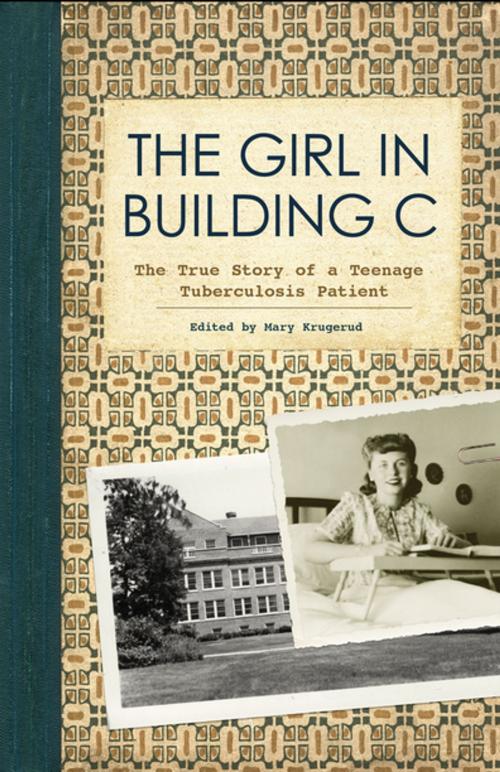The Girl in Building C
The True Story of a Teenage Tuberculosis Patient
Biography & Memoir, Reference, Nonfiction, History, Americas, United States| Author: | ISBN: | 9781681340968 | |
| Publisher: | Minnesota Historical Society Press | Publication: | September 1, 2018 |
| Imprint: | Minnesota Historical Society Press | Language: | English |
| Author: | |
| ISBN: | 9781681340968 |
| Publisher: | Minnesota Historical Society Press |
| Publication: | September 1, 2018 |
| Imprint: | Minnesota Historical Society Press |
| Language: | English |
In October 1943, sixteen-year-old Marilyn Barnes was told that her recent bout of pneumonia was in fact tuberculosis. She entered Ah-gwah-ching State Sanatorium at Walker, Minnesota, for what she thought would be a short stay. In January, her tuberculosis spread, and she nearly died. Her recovery required many months of bed rest and medical care.
Marilyn loved to write, and the story of her three-year residency at the sanatorium is preserved in hundreds of letters that she mailed back home to her parents, who could visit her only occasionally and whom she missed terribly. The letters functioned as a diary in which Marilyn articulately and candidly recorded her reactions to roommates, medical treatments, Native American nurses, and boredom. She also offers readers the singular perspective of a bed-bound teenager, gossiping about boys, requesting pretty new pajamas, and enjoying Friday evening popcorn parties with other patients.
Selections from this cache of letters are woven into an informative narrative that explores the practices and culture of a midcentury tuberculosis sanatorium and fills in long-forgotten details gleaned from recent conversations with Marilyn, who "graduated" from the sanatorium and went on to lead a full, productive life.
In October 1943, sixteen-year-old Marilyn Barnes was told that her recent bout of pneumonia was in fact tuberculosis. She entered Ah-gwah-ching State Sanatorium at Walker, Minnesota, for what she thought would be a short stay. In January, her tuberculosis spread, and she nearly died. Her recovery required many months of bed rest and medical care.
Marilyn loved to write, and the story of her three-year residency at the sanatorium is preserved in hundreds of letters that she mailed back home to her parents, who could visit her only occasionally and whom she missed terribly. The letters functioned as a diary in which Marilyn articulately and candidly recorded her reactions to roommates, medical treatments, Native American nurses, and boredom. She also offers readers the singular perspective of a bed-bound teenager, gossiping about boys, requesting pretty new pajamas, and enjoying Friday evening popcorn parties with other patients.
Selections from this cache of letters are woven into an informative narrative that explores the practices and culture of a midcentury tuberculosis sanatorium and fills in long-forgotten details gleaned from recent conversations with Marilyn, who "graduated" from the sanatorium and went on to lead a full, productive life.















